Publications
Papers
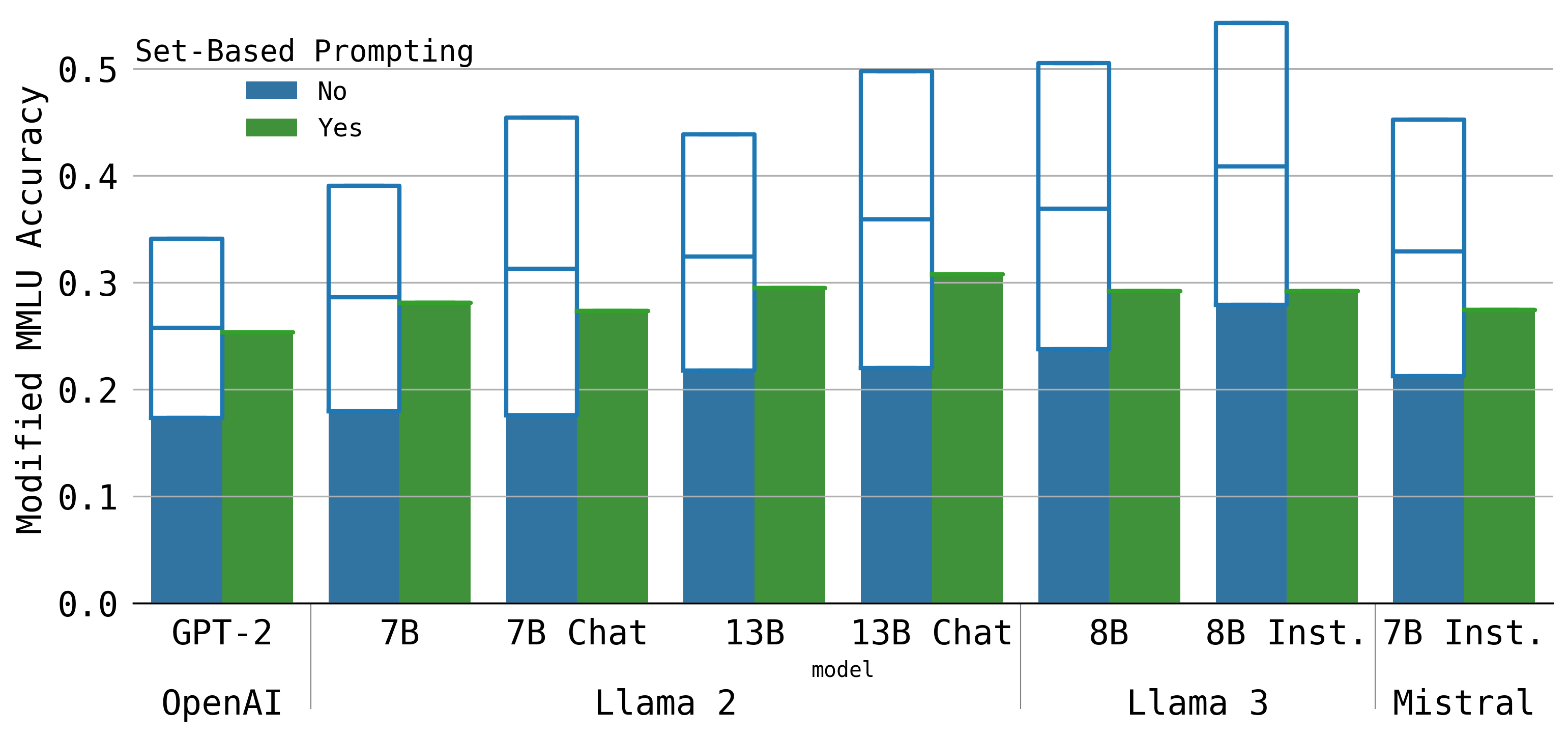
|
Order-Independence Without Fine Tuning Reid McIlroy-Young, Katrina Brown, Conlan Olson, Linjun Zhang, & Cynthia Dwork NeurIPS 2024 The development of generative language models that can create long and coherent textual outputs via autoregression has lead to a proliferation of uses and a corresponding sweep of analyses as researches work to determine the limitations of this new paradigm. Unlike humans, these 'Large Language Models' (LLMs) are highly sensitive to small changes in their inputs, leading to unwanted inconsistency in their behavior. One problematic inconsistency when LLMs are used to answer multiple-choice questions or analyze multiple inputs is order dependency: the output of an LLM can (and often does) change significantly when sub-sequences are swapped, despite both orderings being semantically identical. In this paper we present Set-Based Prompting, a technique that guarantees the output of an LLM will not have order dependence on a specified set of sub-sequences. We show that this method provably eliminates order dependency, and that it can be applied to any transformer-based LLM to enable text generation that is unaffected by re-orderings. Delving into the implications of our method, we show that, despite our inputs being out of distribution, the impact on expected accuracy is small, where the expectation is over the order of uniformly chosen shuffling of the candidate responses, and usually significantly less in practice. Thus, Set-Based Prompting can be used as a 'dropped-in' method on fully trained models. Finally, we discuss how our method's success suggests that other strong guarantees can be obtained on LLM performance via modifying the input representations. |
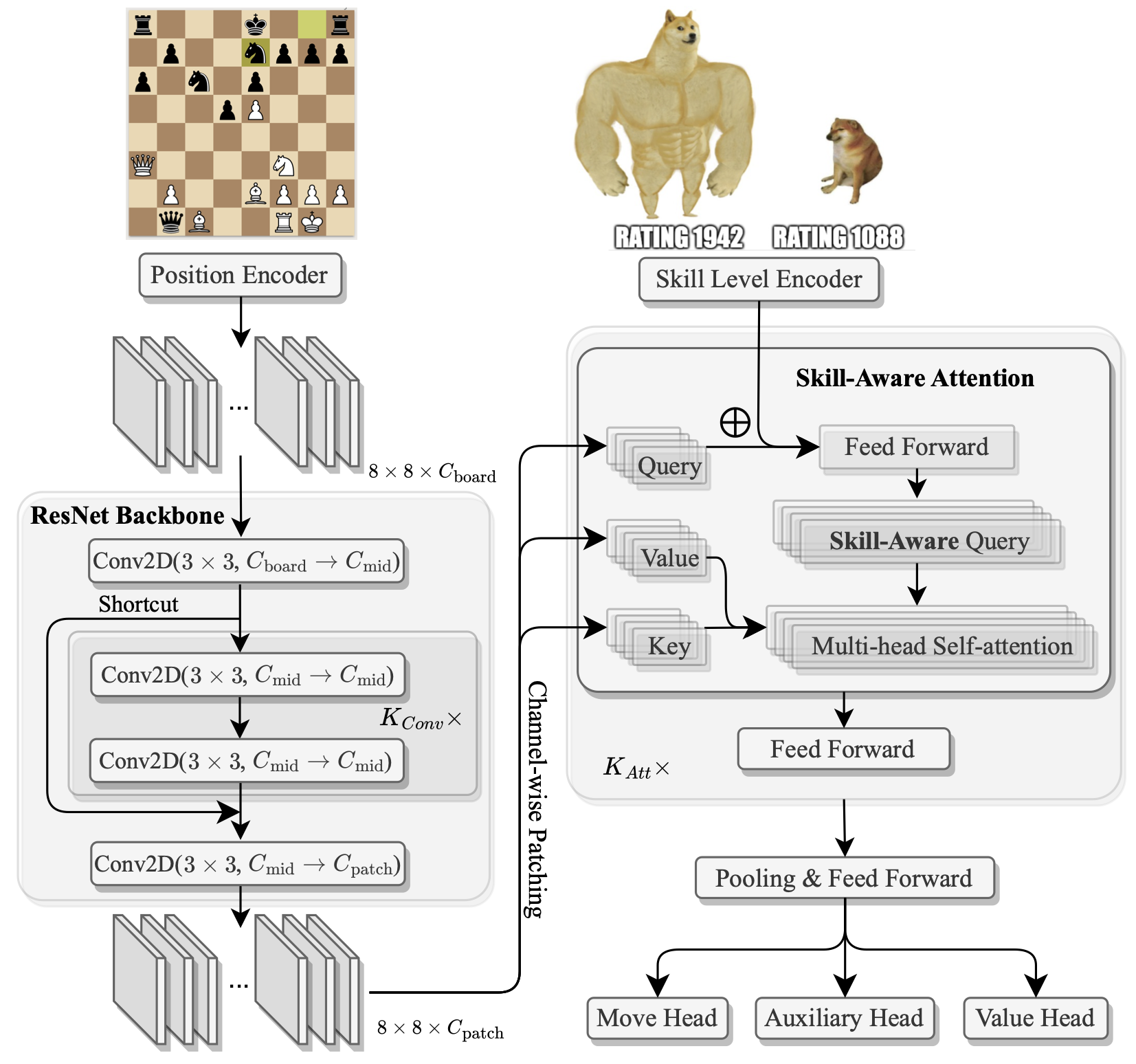
|
A Unified Model for Human-AI Alignment in Chess Zhenwei Tang, Difan Jiao, Reid McIlroy-Young, Jon Kleinberg, Siddhartha Sen & Ashton Anderson NeurIPS 2024 There are an increasing number of domains in which artificial intelligence (AI) systems both surpass human ability and accurately model human behavior. This introduces the possibility of algorithmically-informed teaching in these domains through more relatable AI partners and deeper insights into human decision-making. Critical to achieving this goal, however, is coherently modeling human behavior at various skill levels. Chess is an ideal model system for conducting research into this kind of human-AI alignment, with its rich history as a pivotal testbed for AI research, mature superhuman AI systems like AlphaZero, and precise measurements of skill via chess rating systems. Previous work in modeling human decision-making in chess uses completely independent models to capture human style at different skill levels, meaning they lack coherence in their ability to adapt to the full spectrum of human improvement and are ultimately limited in their effectiveness as AI partners and teaching tools. In this work, we propose a unified modeling approach for human-AI alignment in chess that coherently captures human style across different skill levels and directly captures how people improve. Recognizing the complex, non-linear nature of human learning, we introduce a skill-aware attention mechanism to dynamically integrate players' strengths with encoded chess positions, enabling our model to be sensitive to evolving player skill. Our experimental results demonstrate that this unified framework significantly enhances the alignment between AI and human players across a diverse range of expertise levels, paving the way for deeper insights into human decision-making and AI-guided teaching tools. |
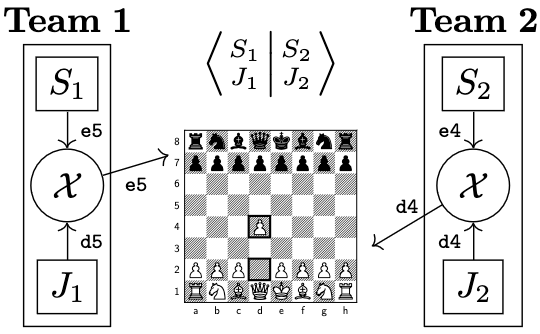
|
Designing Skill-Compatible AI: Methodologies and Frameworks in Chess Karim Hamade, Reid McIlroy-Young, Siddhartha Sen, Jon Kleinberg & Ashton Anderson ICLR 2024 Powerful artificial intelligence systems are often used in settings where they must interact with agents that are computationally much weaker, for example when they work alongside humans or operate in complex environments where some tasks are handled by algorithms, heuristics, or other entities of varying computational power. For AI agents to successfully interact in these settings, however, achieving superhuman performance alone is not sufficient; they also need to account for suboptimal actions or idiosyncratic style from their less-skilled counterparts. We propose a formal evaluation framework for assessing the compatibility of near-optimal AI with interaction partners who may have much lower levels of skill; we use popular collaborative chess variants as model systems to study and develop AI agents that can successfully interact with lower-skill entities. Traditional chess engines designed to output near-optimal moves prove to be inadequate partners when paired with engines of various lower skill levels in this domain, as they are not designed to consider the presence of other agents. We contribute three methodologies to explicitly create skill-compatible AI agents in complex decision-making settings, and two chess game frameworks designed to foster collaboration between powerful AI agents and less-skilled partners. On these frameworks, our agents outperform state-of-the-art chess AI (based on AlphaZero) despite being weaker in conventional chess, demonstrating that skill-compatibility is a tangible trait that is qualitatively and measurably distinct from raw performance. Our evaluations further explore and clarify the mechanisms by which our agents achieve skill-compatibility. |
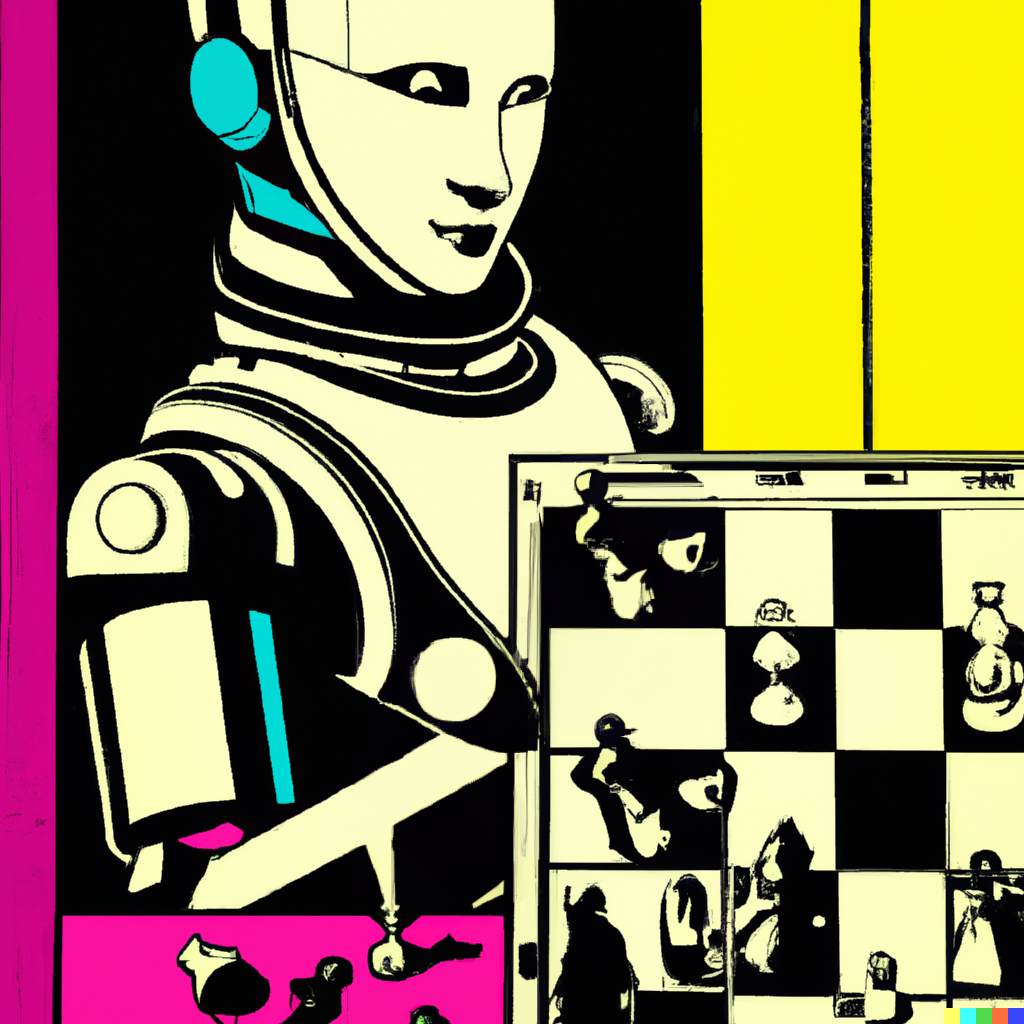
|
Mimetic Models: Ethical Implications of AI that Acts Like You Reid McIlroy-Young, Siddhartha Sen, Jon Kleinberg, Solon Barocas & Ashton Anderson AIES 2022 Press: Import AI An emerging theme in artificial intelligence research is the creation of models to simulate the decisions and behavior of specific people, in domains including game-playing, text generation, and artistic expression. These models go beyond earlier approaches in the way they are tailored to individuals, and the way they are designed for interaction rather than simply the reproduction of fixed, pre-computed behaviors. We refer to these as mimetic models, and in this paper we develop a framework for characterizing the ethical and social issues raised by their growing availability. Our framework includes a number of distinct scenarios for the use of such models, and considers the impacts on a range of different participants, including the target being modeled, the operator who deploys the model, and the entities that interact with it. |
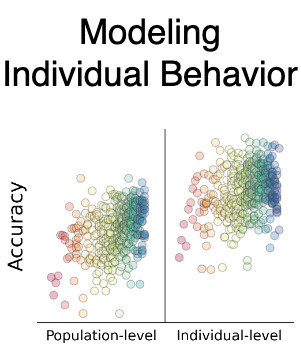
|
Learning Models of Individual Behavior in Chess Reid McIlroy-Young, Russell Wang, Siddhartha Sen, Jon Kleinberg & Ashton Anderson KDD 2022 AI systems that can capture human-like behavior are becoming increasingly useful in situations where humans may want to learn from these systems, collaborate with them, or engage with them as partners for an extended duration. In order to develop human-oriented AI systems, the problem of predicting human actions -- as opposed to predicting optimal actions -- has received considerable attention. Existing work has focused on capturing human behavior in an aggregate sense, which potentially limits the benefit any particular individual could gain from interaction with these systems. We extend this line of work by developing highly accurate predictive models of individual human behavior in chess. Chess is a rich domain for exploring human-AI interaction because it combines a unique set of properties: AI systems achieved superhuman performance many years ago, and yet humans still interact with them closely, both as opponents and as preparation tools, and there is an enormous corpus of recorded data on individual player games. Starting with Maia, an open-source version of AlphaZero trained on a population of human players, we demonstrate that we can significantly improve prediction accuracy of a particular player's moves by applying a series of fine-tuning methods. Furthermore, our personalized models can be used to perform stylometry -- predicting who made a given set of moves -- indicating that they capture human decision-making at an individual level. Our work demonstrates a way to bring AI systems into better alignment with the behavior of individual people, which could lead to large improvements in human-AI interaction. |

|
Detecting Individual Decision-Making Style: Exploring Behavioral Stylometry in Chess Reid McIlroy-Young, Russell Wang, Siddhartha Sen, Jon Kleinberg & Ashton Anderson NeurIPS 2021 Press: Science The advent of machine learning models that surpass human decision-making ability in complex domains has initiated a movement towards building AI systems that interact with humans. Many building blocks are essential for this activity, with a central one being the algorithmic characterization of human behavior. While much of the existing work focuses on aggregate human behavior, an important long-range goal is to develop behavioral models that specialize to individual people and can differentiate among them. To formalize this process, we study the problem of behavioral stylometry, in which the task is to identify a decision-maker from their decisions alone. We present a transformer-based approach to behavioral stylometry in the context of chess, where one attempts to identify the player who played a set of games. Our method operates in a few-shot classification framework, and can correctly identify a player from among thousands of candidate players with 98% accuracy given only 100 labeled games. Even when trained on amateur play, our method generalises to out-of-distribution samples of Grandmaster players, despite the dramatic differences between amateur and world-class players. Finally, we consider more broadly what our resulting embeddings reveal about human style in chess, as well as the potential ethical implications of powerful methods for identifying individuals from behavioral data. |
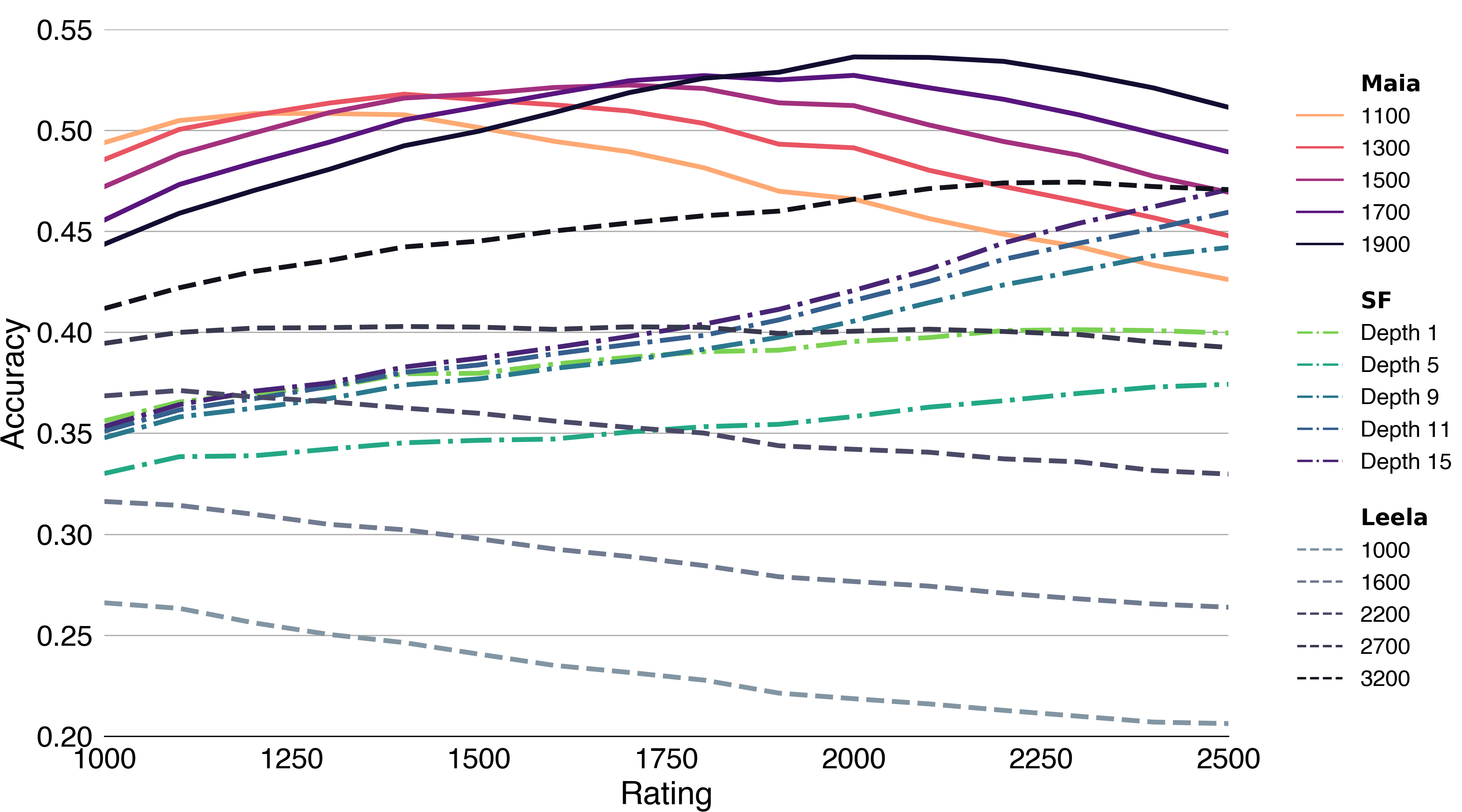
|
Aligning Superhuman AI with Human Behavior: Chess as a Model System Reid McIlroy-Young, Siddhartha Sen, Jon Kleinberg & Ashton Anderson KDD 2020 Abstract pdf arΧiv code Lichess Press: WIRED Engadget TNW the morning paper agadmator U of T News Neural Networks For Chess BBC Science Focus WIRED Youtube As artificial intelligence becomes increasingly intelligent---in some cases, achieving superhuman performance---there is growing potential for humans to learn from and collaborate with algorithms. However, the ways in which AI systems approach problems are often different from the ways people do, and thus may be uninterpretable and hard to learn from. A crucial step in bridging this gap between human and artificial intelligence is modeling the granular actions that constitute human behavior, rather than simply matching aggregate human performance. We pursue this goal in a model system with a long history in artificial intelligence: chess. The aggregate performance of a chess player unfolds as they make decisions over the course of a game. The hundreds of millions of games played online by players at every skill level form a rich source of data in which these decisions, and their exact context, are recorded in minute detail. Applying existing chess engines to this data, including an open-source implementation of AlphaZero, we find that they do not predict human moves well. We develop and introduce Maia, a customized version of Alpha-Zero trained on human chess games, that predicts human moves at a much higher accuracy than existing engines, and can achieve maximum accuracy when predicting decisions made by players at a specific skill level in a tuneable way. For a dual task of predicting whether a human will make a large mistake on the next move, we develop a deep neural network that significantly outperforms competitive baselines. Taken together, our results suggest that there is substantial promise in designing artificial intelligence systems with human collaboration in mind by first accurately modeling granular human decision-making. |
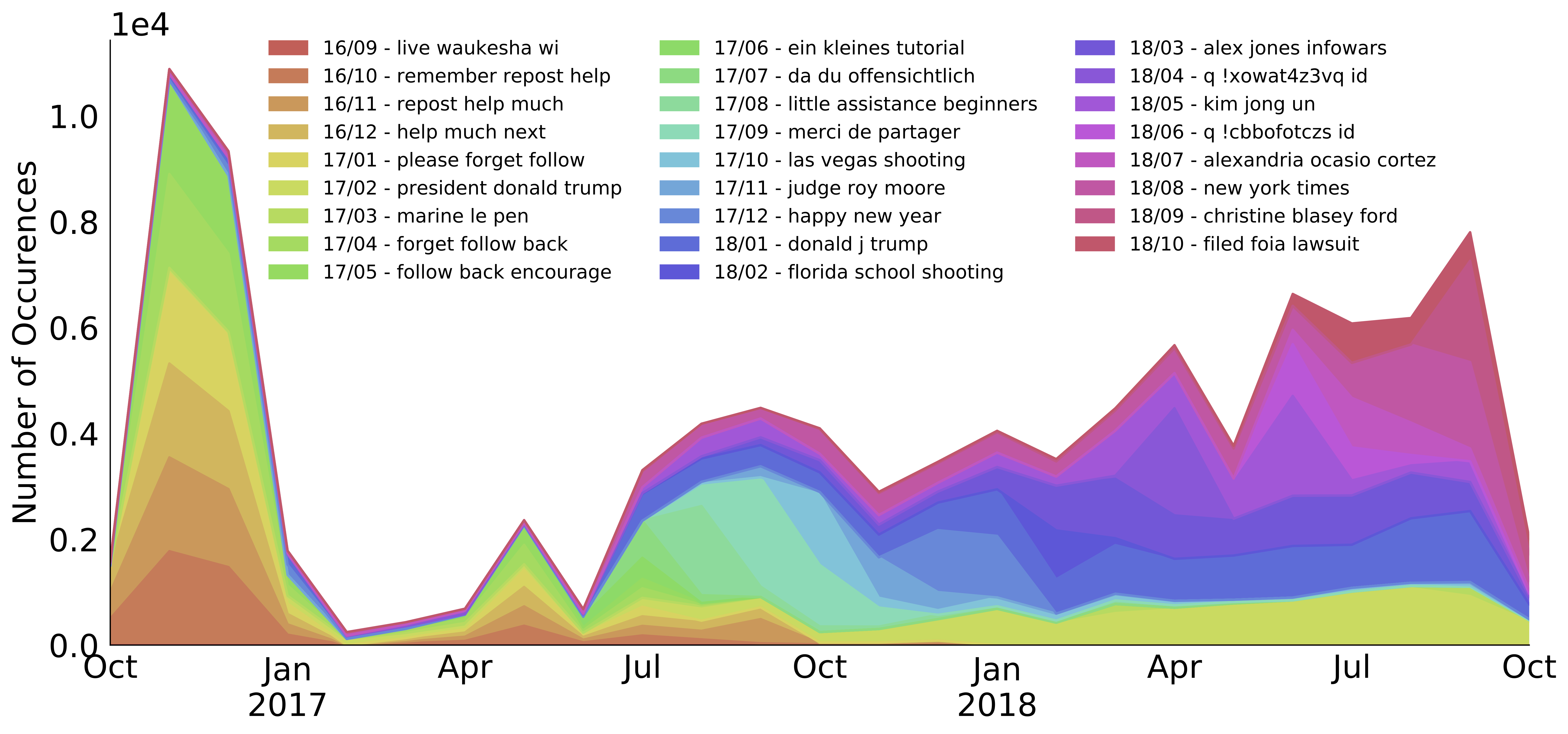
|
From “Welcome New Gabbers" to the Pittsburgh Synagogue Shooting: The Evolution of Gab Reid McIlroy-Young & Ashton Anderson ICWSM 2019 (poster paper) Gab, an online social media platform with very little content moderation, has recently come to prominence as an alt-right community and a haven for hate speech. We document the evolution of Gab since its inception until a Gab user carried out the most deadly attack on the Jewish community in US history. We investigate Gab language use, study how topics evolved over time, and find that the shooters' posts were among the most consistently anti-Semitic on Gab, but that hundreds of other users were even more extreme. |
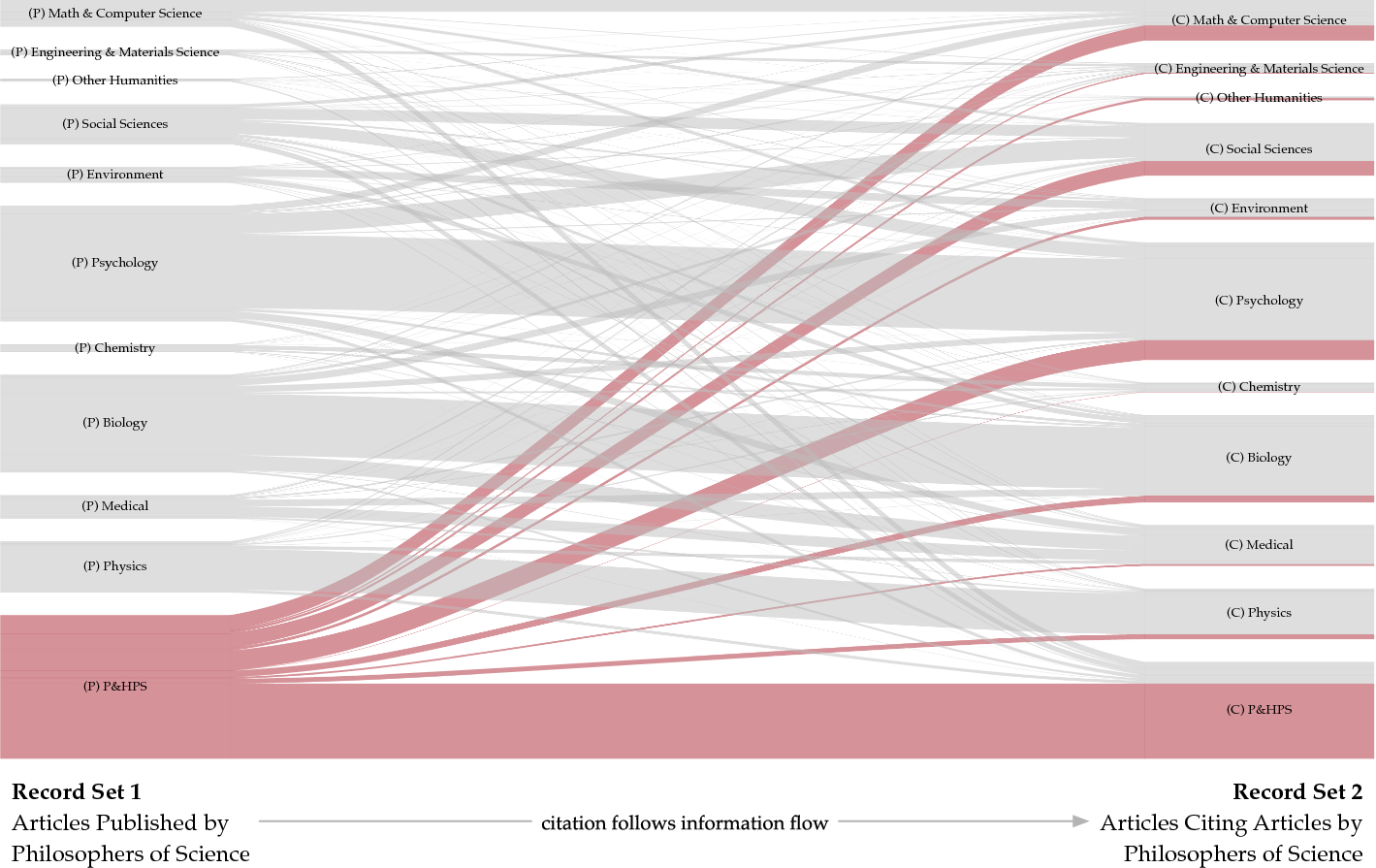
|
Interdisciplinarity and insularity in the diffusion of knowledge: an analysis of disciplinary boundaries between philosophy of science and the sciences John McLevey, Alexander V. Graham, Reid McIlroy-Young, Pierson Browne & Kathryn S. Plaisance Scientometrics 2018 Two fundamentally different perspectives on knowledge diffusion dominate debates about academic disciplines. On the one hand, critics of disciplinary research and education have argued that disciplines are isolated silos, within which specialists pursue inward-looking and increasingly narrow research agendas. On the other hand, critics of the silo argument have demonstrated that researchers constantly import and export ideas across disciplinary boundaries. These perspectives have different implications for how knowledge diffuses, how intellectuals gain and lose status within their disciplines, and how intellectual reputations evolve within and across disciplines. We argue that highly general claims about the nature of disciplinary boundaries are counterproductive, and that research on the nature of specific disciplinary boundaries is more useful. To that end, this paper uses a novel publication and citation network dataset and statistical models of citation networks to test hypotheses about the boundaries between philosophy of science and 11 disciplinary clusters. Specifically, we test hypotheses about whether engaging with and being cited by scientific communities outside philosophy of science has an impact on one’s position within philosophy of science. Our results suggest that philosophers of science produce interdisciplinary scholarship, but they tend not to cite work by other philosophers when it is published in journals outside of their discipline. Furthermore, net of other factors, receiving citations from other disciplines has no meaningful impact—positive or negative—on citations within philosophy of science. We conclude by considering this evidence for simultaneous interdisciplinarity and insularity in terms of scientific trading theory and other work on disciplinary boundaries and communication. |
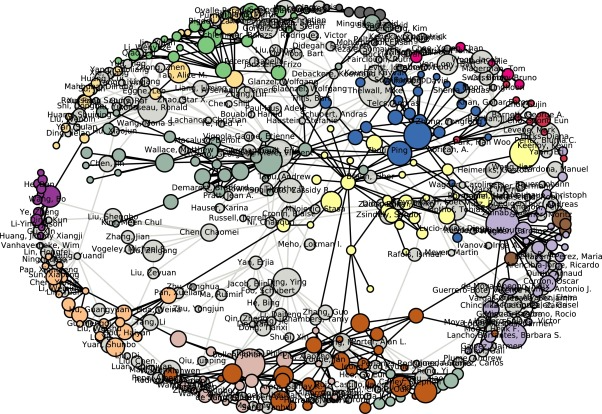
|
Introducing metaknowledge: Software for computational research in information science, network analysis, and science of science John McLevey & Reid McIlroy-Young Journal of Informetrics 2017 metaknowledge is a full-featured Python package for computational research in information science, network analysis, and science of science. It is optimized to scale efficiently for analyzing very large datasets, and is designed to integrate well with reproducible and open research workflows. It currently accepts raw data from the Web of Science, Scopus, PubMed, ProQuest Dissertations and Theses, and select funding agencies. It processes these raw data inputs and outputs a variety of datasets for quantitative analysis, including time series methods, Standard and Multi Reference Publication Year Spectroscopy, computational text analysis (e.g. topic modeling, burst analysis), and network analysis (including multi-mode, multi-level, and longitudinal networks). This article motivates the use of metaknowledge and explains its design and core functionality. |
Presentations
|
Learning Personalized Models of Human Behaviour in Chess Vector Institute Research Symposium (2021) slides |
|
Maia Chess: A Human-Like Neural Network Chess Engine |
|
Maia Chess: A Human-Like Neural Network Chess Engine ChessTech (2020) slides |
|
Bridging the Gap between Superhuman AI and Human Behavior: Chess as a Model System International Conference on Computational Social Science (2020) slides |
|
Bridging the Gap Between Human and Artificial Intelligence in Chess Evolution of Deep Learning Symposium (2019) poster |
|
Generating and Analyzing Scientific Networks with Metaknowledge 1st North American Social Networks (NASN) Conference (2017) |
|
metaknowledge: open source sofware for networks research on science INSNA Sunbelt (2017) |
|
How Knowledge Travels: An Analysis of the Diffusion of Philosophy of Science Over 60 Years INSNA Sunbelt (2016) |
The full BibTeX can be found here